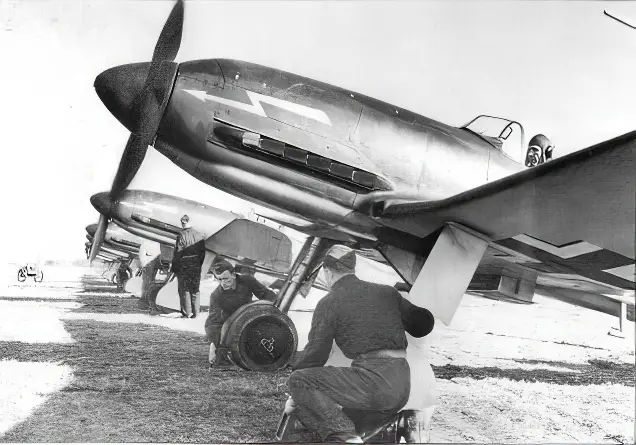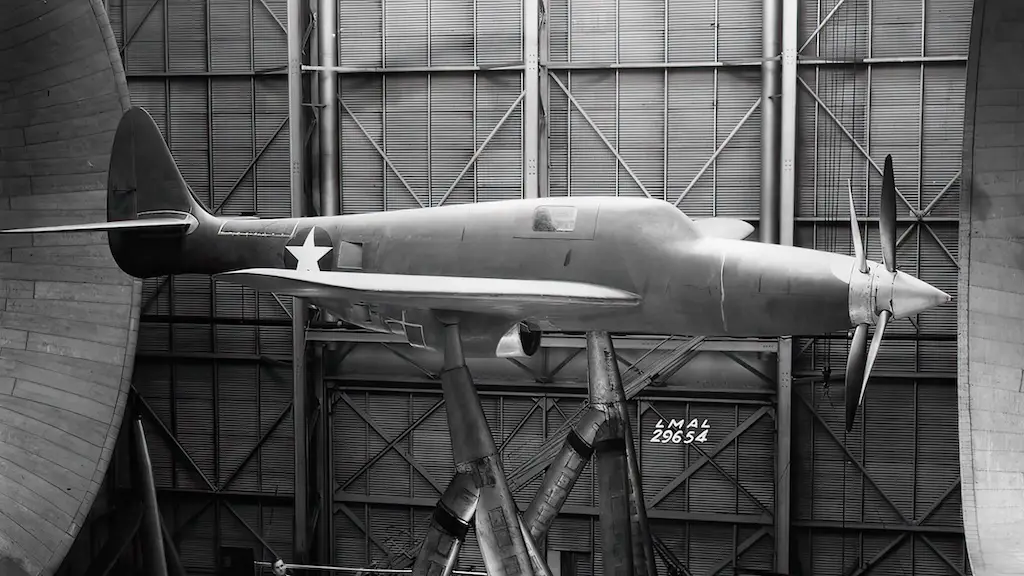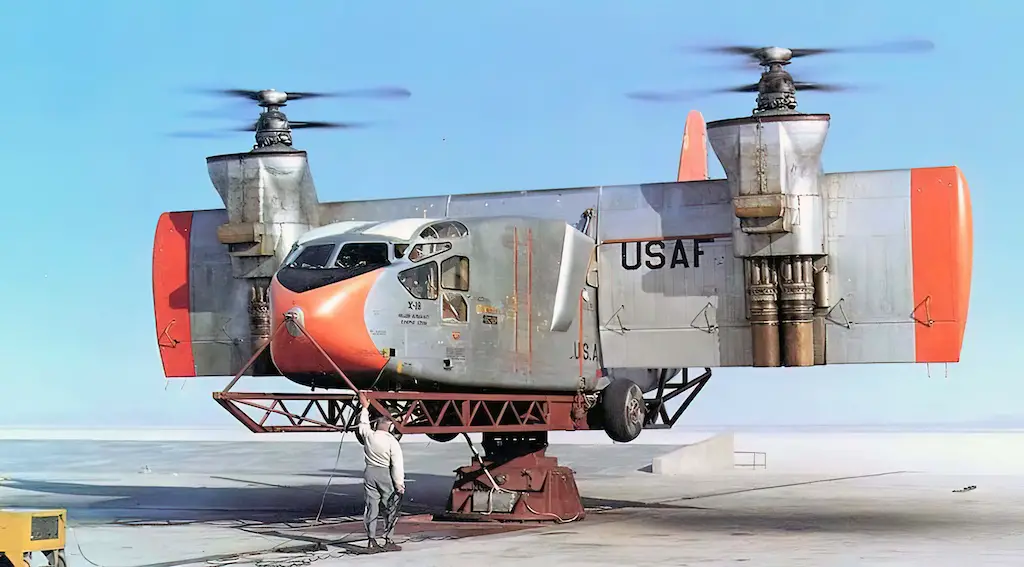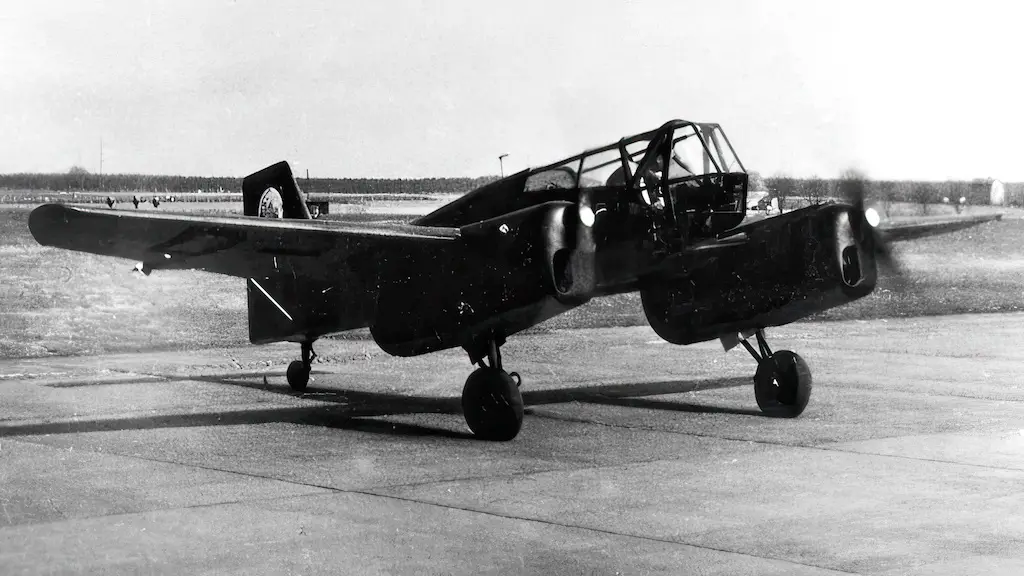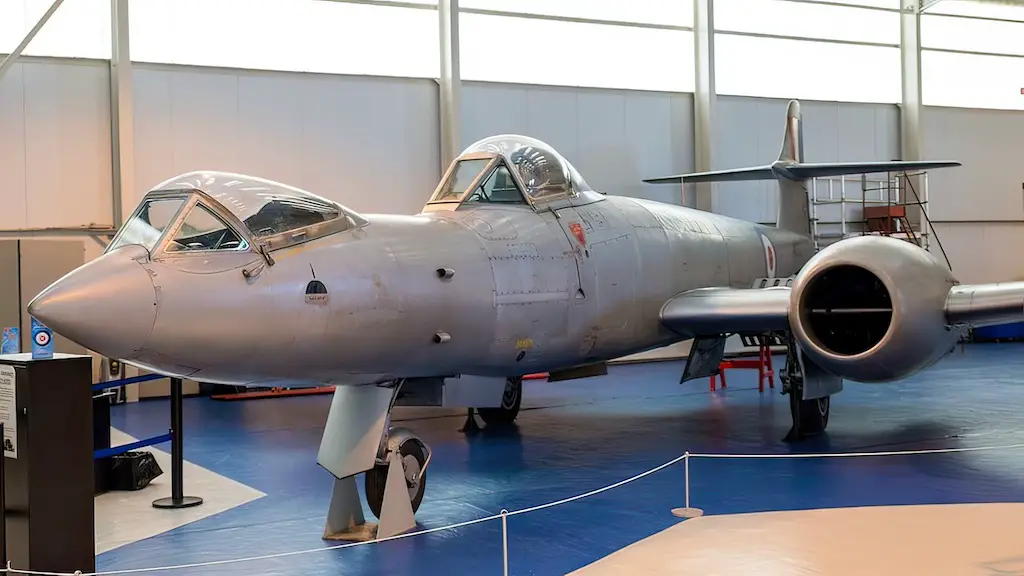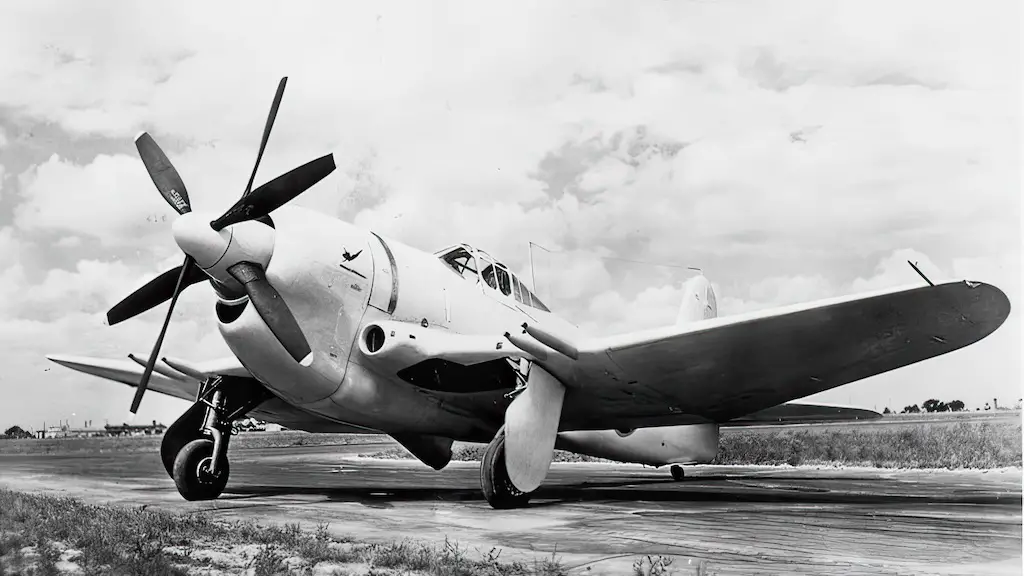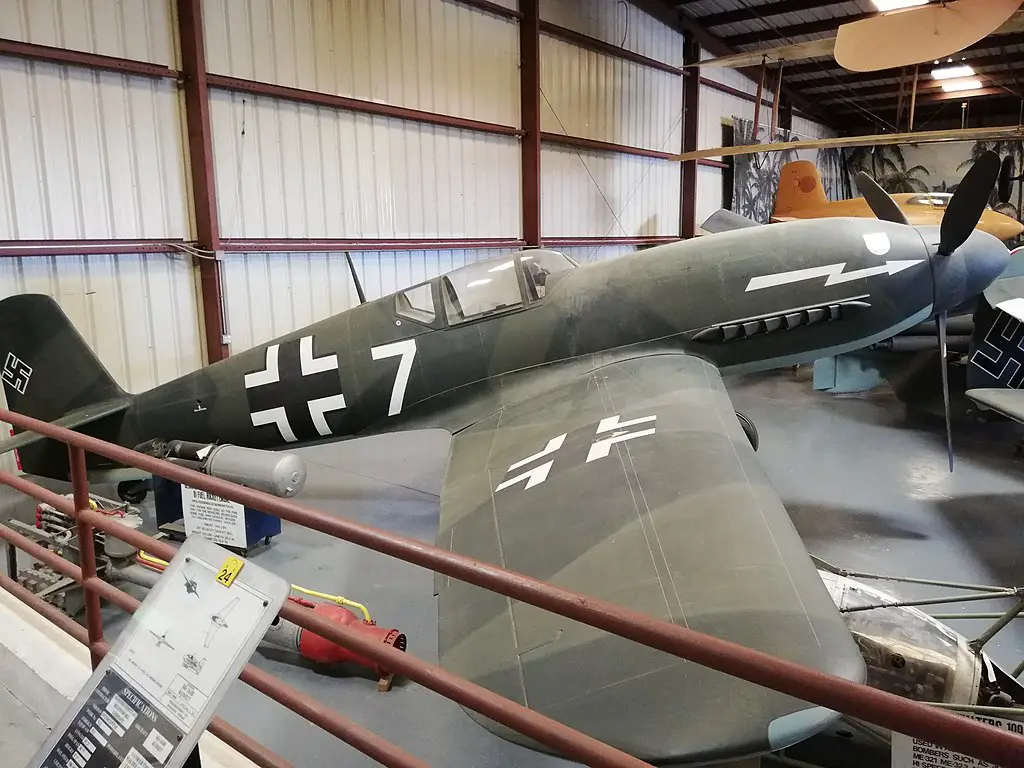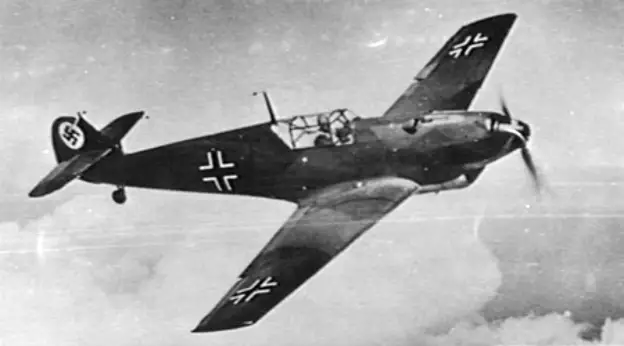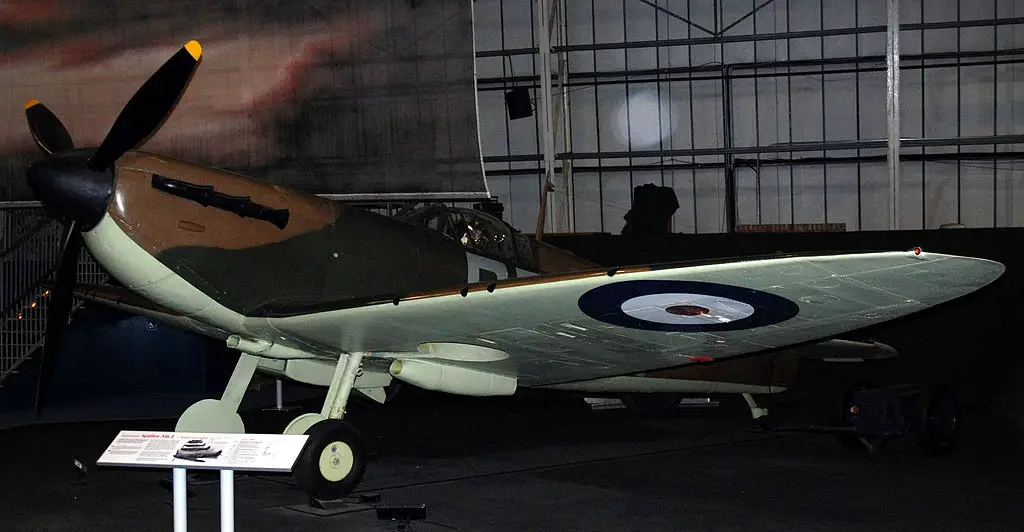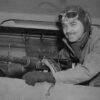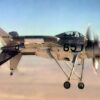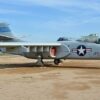In the late 1930s, the quest to break the unattainable speed barriers captivated the world of aviation. Amid this fervor, the German aircraft He-100 embarked on a daring mission to shatter Francesco Aguelo’s legendary speed record. Unlike previous attempts that relied on specialized aircraft for breaking records, the He-100 served a dual purpose, envisioned as the Luftwaffe’s next frontline fighter. On a crisp March day in 1939, the He-100 set a new benchmark at 746.6 km/h, sparking discussions and speculation about its future role.
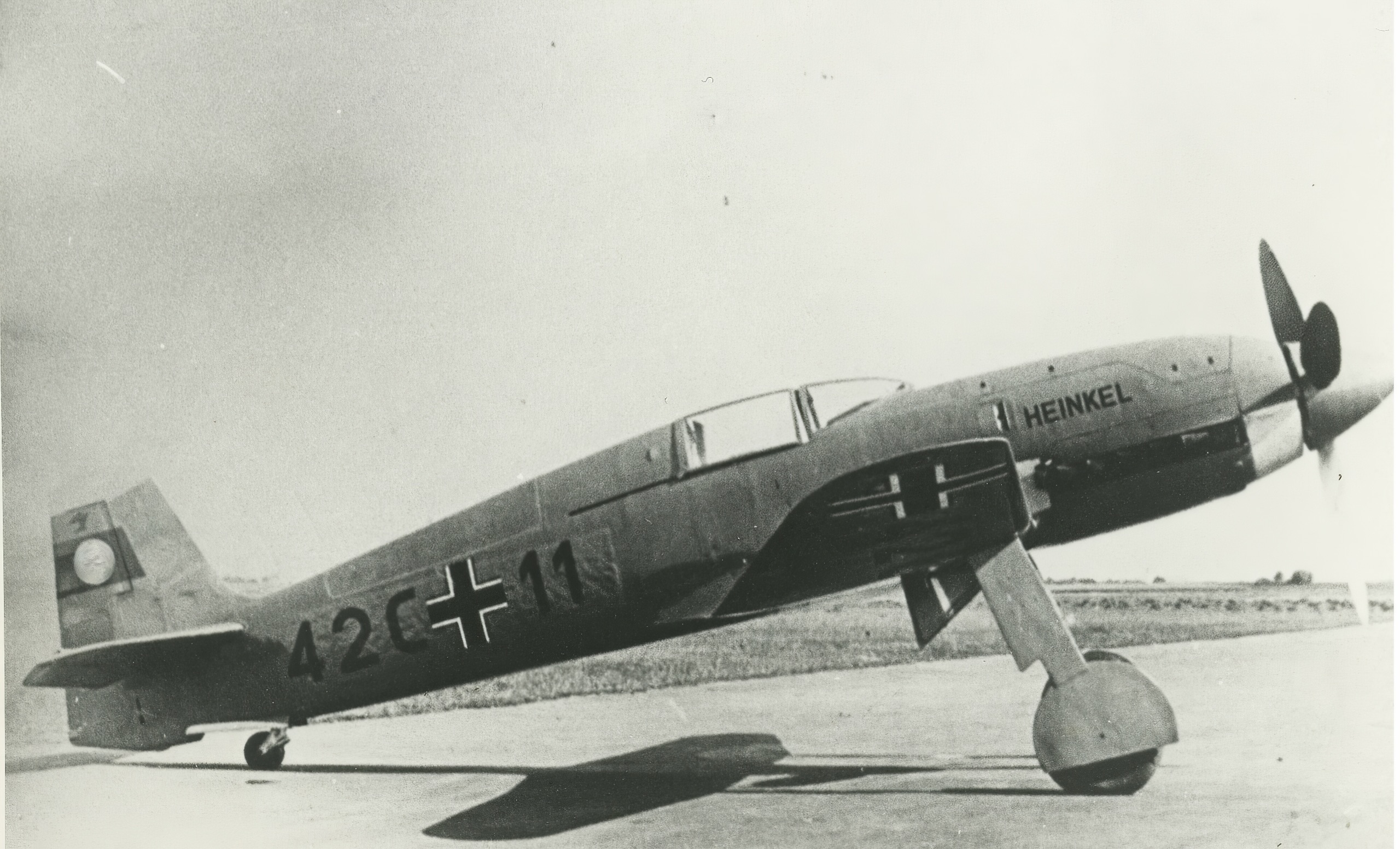
The Genesis of a Rivalry
The competition between Heinkels He-100 and Messerschmitts Bf 109 in the mid-1930s was more than a mere contest of speed; it was a battle for supremacy in German military aviation. Despite the Bf 109 securing its place as the Luftwaffe’s preferred fighter, Heinkel, fueled by ambition and a vision of unmatched speed, set out to produce an aircraft that would eclipse its competitors. The He-100 embodied this relentless pursuit, designed with a singular focus on achieving unparalleled velocity.
The development of the He-100, a saga of triumphs and setbacks, saw its first prototype in 1938, equipped with the same Daimler-Benz 6001 AA engine as its rival, the Bf 109. The He-100 V2’s speed record attempt captured the nation’s imagination, with Hermann Weylmann unexpectedly piloting the aircraft to a breathtaking speed of 634 km/h, surpassing the Bf 109. This achievement set the stage for the V8 prototype’s record-breaking flight, which shattered the 709 km/h barrier, seemingly heralding the He-100’s rise as the Luftwaffe’s new standard.
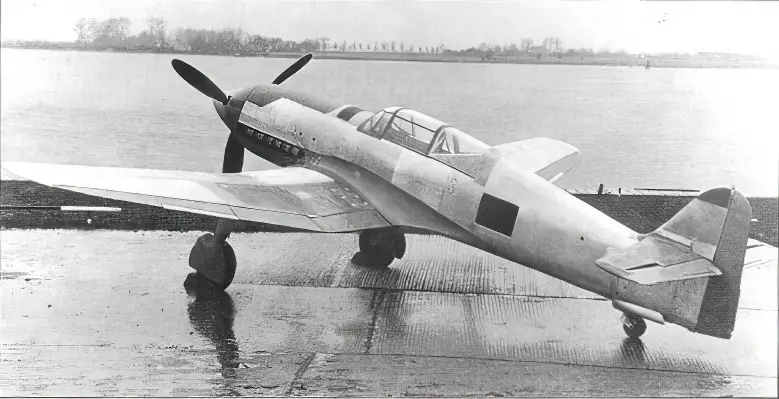
Why the He-100 Never Took Off
Despite its impressive achievements, the journey of the He-100 to operational status encountered significant obstacles. Complex reasons, including political intrigue, industrial competition, and technical challenges, sidelined the aircraft. Speculation about Messerschmitt’s influence and ties with the Luftwaffe leadership, Heinkel’s focus on bomber contracts, and the He-100’s inferior armament compared to the Bf 109 played roles in its diminished interest as a fighter.
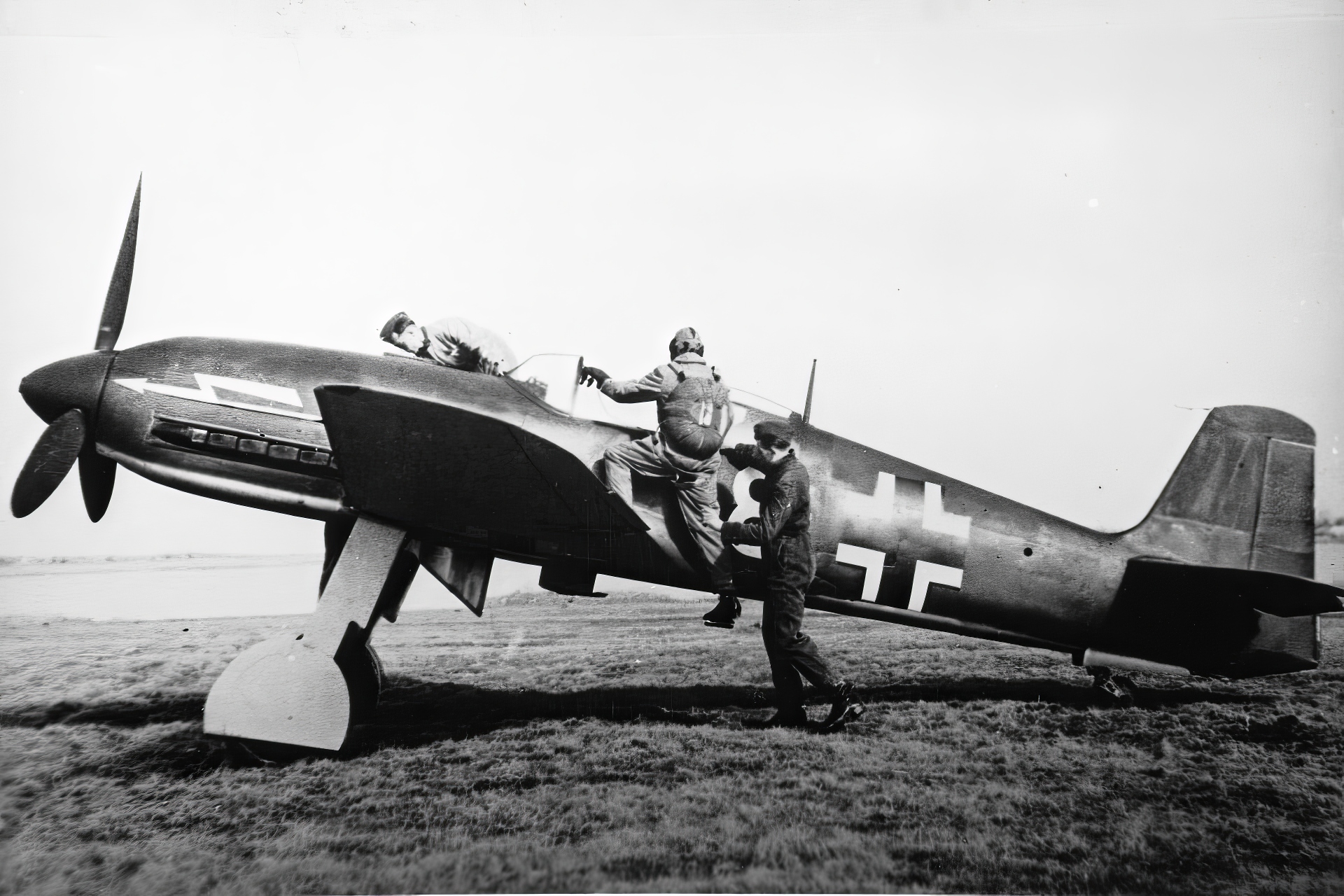
The Luftwaffe’s reliance on the Bf 109 was justifiable. By 1939, the Bf 109 surpassed nearly all foreign adversaries, with only the British Spitfire posing a significant challenge. The He-100’s superior speed was impressive, but the Bf 109’s combat record, firepower, and adaptability made it a proven asset. The logistical challenges of transitioning to the He-100, coupled with shared engine resource constraints, presented insurmountable hurdles.
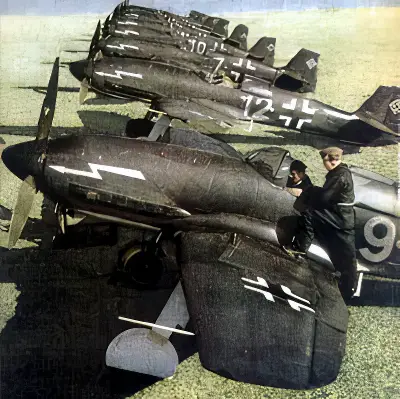
The Propaganda Machine and the Promise of Speed
The He-100’s legacy extended beyond aviation history, exploited for propaganda to symbolize German technological superiority. A notable incident in 1938 involved Udet showcasing the He-100 to French military officials, leading to an embarrassing moment when they burned their hands upon touching its overheated wings. This incident highlighted the aircraft’s cutting-edge design and innovative cooling system.
The He-100’s innovative cooling system, designed to minimize drag by integrating the mechanism within the aircraft’s structure, enabled it to reach temperatures of 110°C without boiling the cooling water. This engineering marvel allowed the He-100 to perform at peak efficiency. However, this innovation also made the aircraft vulnerable in combat scenarios, as even minor wing damage could cripple the aircraft, negating its speed advantage.
